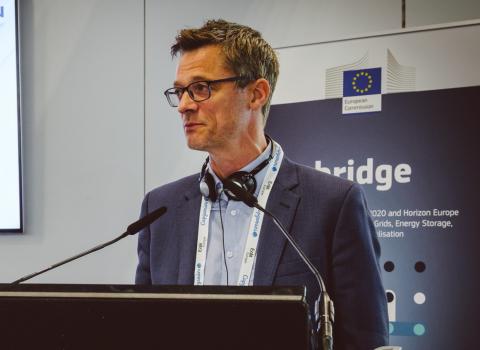Trademark protection – with over three million applications filed per year since 2005 – is the most sought-after form of IP globally, according the World Intellectual Property Organisation’s (WIPO) overview intellectual property (IP) activity in 2009 published this week in ‘WIPO IP Facts and Figures 2011’.
This guide to IP statistics gathered from 90 IP offices around the world shows China’s Trademark Office received a quarter of all trademark applications worldwide in 2009, the most recent year for which full figures are available.
When filings in China are added to filings in India, Japan and the Republic of Korea, these four Asian offices accounted for 37 per cent of total trademark applications. India showed the highest five-year growth at 13.5 per cent from 2005 to 2009, whereas China had one of the highest annual growth rates at 20.8 per cent from 2008 to 2009.
After a fall in 2009, international trademark registrations under WIPO’s Madrid system for the international registration of trademarks recouped some of their losses, with an increase in 2010 from about 36,000 to 37,500, a growth rate of 4.5 per cent. The Madrid system makes it possible to register a trademark in a large number of countries by filing a single application at a national or regional IP office that is party to the Madrid system.
China files 50% of industrial designs
Figures for industrial designs show significant growth rates, also owing to high filing activity in China. In 2009, China accounted for 50 per cent of total industrial design filing activity, following growth of 12.3 per cent from 2008 to 2009.
The top 20 offices accounted for 87 per cent of all industrial design applications. Since 2007, use of the WIPO’s Hague system for the international registration of industrial designs, which allows an applicant to register a design in a large number of countries via a single application, has seen rapid growth from about 1,100 to slightly more than 2,200 registrations.
The top ten patent offices accounted for approximately 87 per cent of total patent applications in 2009, with the US, Japan and China handling about 60 per cent of the total. Together, the top 20 offices received 94 per cent of all patent applications.
Between 2008 and 2009 Japan saw a 10.8 per cent drop in the number of patent applications received, the US was steady, and China saw an 8.5 per cent increase in applications. Given the economic backdrop, it’s perhaps not surprising that most of the top 20 offices saw a fall in applications from 2008 to 2009. However, about half have seen applications grow over the past five years.
When it comes to international patent filings under WIPO’s Patent Cooperation Treaty (PCT), the economic situation again appears to have had an impact, with a decrease in 2009 followed by a rebound in 2010 to 164,300, which is slightly higher than 2008.
Country profiles providing information on patents, trademarks and industrial designs and different aspects of IP activity, including incoming and outgoing filings, the share of filings in different technologies, total patents in force, and the use of international IP systems by applicants are available on the WIPO website. The statistics also associate IP activity with a country’s economic performance.
‘WIPO IP Facts and Figures 2011’ available at: www.wipo.int




 A unique international forum for public research organisations and companies to connect their external engagement with strategic interests around their R&D system.
A unique international forum for public research organisations and companies to connect their external engagement with strategic interests around their R&D system.